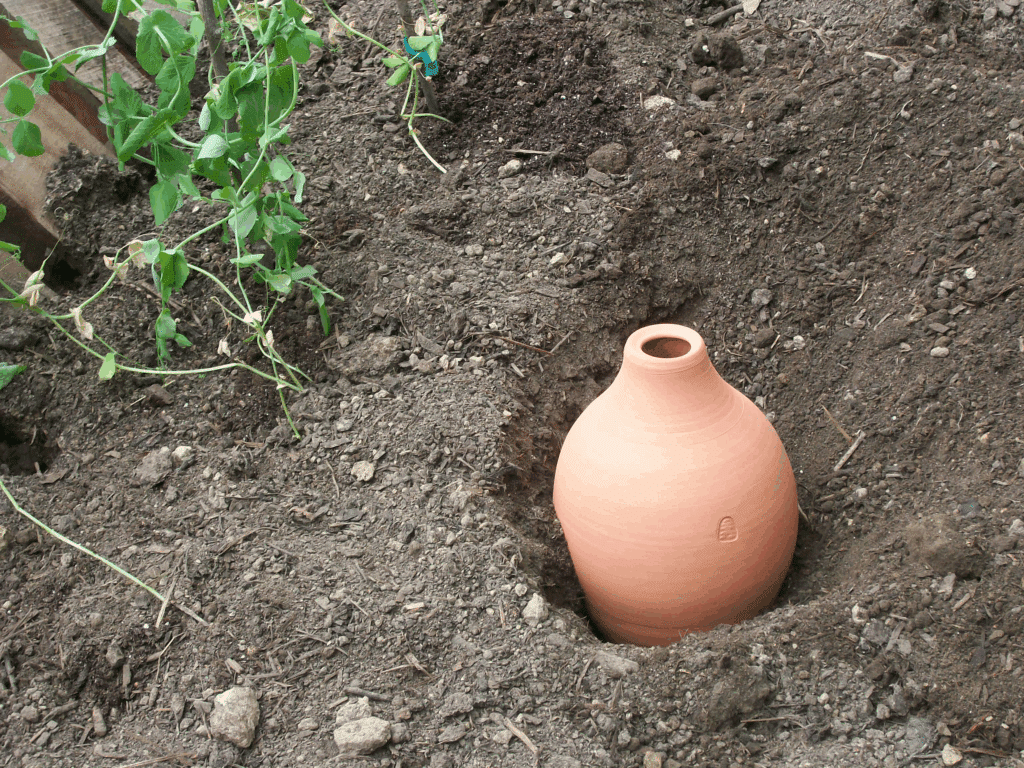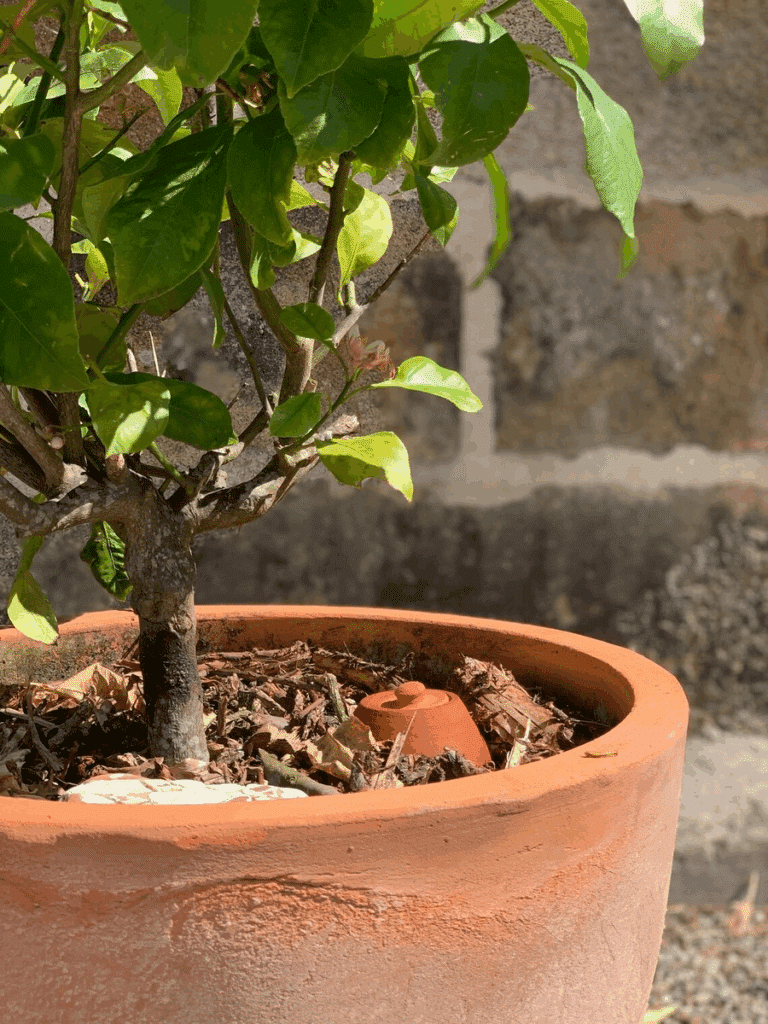Ollas de Barro Are the Ancient Water-Saving Hack Your Garden Needs Now
If you’ve ever come back from vacation to find your plants gasping for air, you’re not alone. But what if the solution isn’t a fancy app or irrigation system, but a 4,000-year-old Indigenous farming practice buried (literally) in your own backyard? That’s where ollas de barro come in. Also known as clay pots for subterranean watering, this ancient method is making a comeback. And it’s efficient, sustainable, and deeply rooted in ancestral knowledge.
What are ollas de barro, really?
According to EcoInventos and The University of Arizona Cooperative Extension, ollas de barro (pronounced oy-ya) are unglazed clay pots buried in the soil near plant roots. The porous walls allow water to seep out slowly, feeding the surrounding soil directly at the root zone. It’s irrigation that works on the principle of osmosis and capillarity: as the surrounding soil dries, it pulls moisture from the pot.
The practice dates back over 4,000 years, with evidence of its use in pre-Columbian Mesoamerica, China, and North Africa. Bill Mollison, founder of the permaculture movement, referred to it as “the most efficient irrigation system in the world,” as depicted in the 1991 documentary The Global Gardener.
How to use ollas de barro in your garden
The basic idea is simple. As explained in a TikTok by @senora.era, you bury the pot up to its neck near the plants you want to water, fill it with water, and seal the top with a rock, lid, or even a plate. The water will gradually seep into the soil, providing constant hydration for your plants without overwatering or wasting a drop.
Here’s how to do it step-by-step:
- Choose an unglazed terracotta pot without any glaze or paint.
- Plug any drainage hole using a cork or tile sealed with food-grade silicone.
- Fill the pot with water and let it sit overnight to check for leaks.
- Bury it near your plants, keeping the neck exposed.
- Refill when the water level drops, typically every 5 to 10 days, depending on weather and soil type.

Why ollas de barro are a water-saving game changer
Water conservation is no longer a cute hobby. In today’s world, it’s a survival skill. According to El Confidencial and Portal Frutícola, this technique can reduce water usage by 50-70 percent. Because the water goes directly into the soil without runoff or evaporation, nearly every drop is used efficiently.
The University of Arizona reports that this system is advantageous in arid or semi-arid regions, such as the Southwest U.S., where traditional drip irrigation may fail due to sediment buildup or a lack of water pressure. In gardens that use ollas, plant roots often grow around the clay vessel itself, absorbing water directly as needed.

Setting up your own DIY ollas de barro system
The good news? You can make your own. According to EcoInventos, all you need is an unglazed terracotta pot, a cork for any holes, a plate or tile to cover the opening, and a shovel. A 10-liter olla can water approximately 1 square meter.
As El Blog de la Tabla notes, even small-scale gardeners can benefit from this localized watering method. It works in garden beds, vegetable patches, and even potted plants. And because it’s a closed system, you won’t be inviting pests or wasting water through runoff.

The cultural comeback of ollas de barro
What makes this trend more than just functional is its cultural significance. The University of Arizona notes that Spanish colonizers brought the technique to the American Southwest, but it was widely used by Indigenous and Hispanic communities long before then.
As drought conditions worsen and climate anxiety grows, many gardeners are turning back to Indigenous knowledge systems for answers. In the end, ollas aren’t new. They’re just finally getting the respect they’ve always deserved.
So if you’re thinking of how to keep your plants alive this summer or just want to garden with more intention and less waste, consider going ancient.




